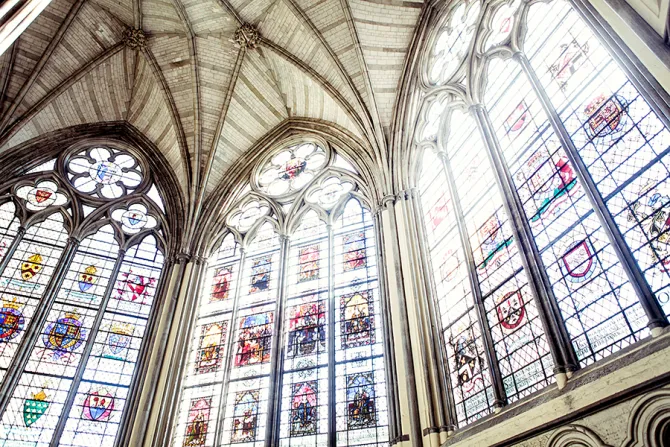Vatican City, Jan 29, 2017 / 16:02 pm
Ugly churches with bad acoustics don't do justice to the richness and beauty of the liturgy – and it's this connection between art and faith that's vital for priests to understand today, a Vatican official insists.
A project to study the training of priests and other cultural workers in the Church in the aesthetics and history of art, especially as it contributes in the creation of religious art fitting for sacred spaces, has been launched by the Vatican's Pontifical Council for Culture.
Along with the Italian bishops' conference and with support from the Foundation for Arts and Artistic Culture, the project will examine the training leaders of a diocese, such as clergy, religion teachers, catechists and more, receive on the relationship between faith and art.
It will also look at what specific training exists for artists in the Church, such as architects, painters, sculptors, and musicians, so that they are equipped to produce works "that fit in places of worship and are in service to the liturgy," a press release stated.



